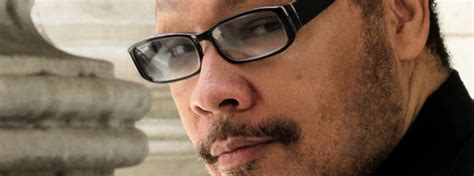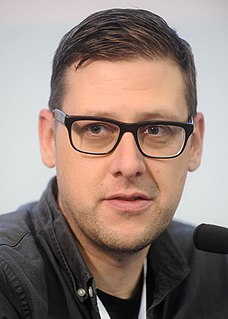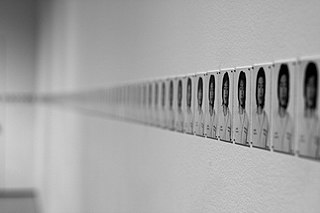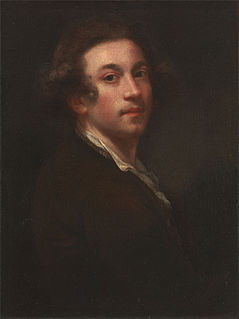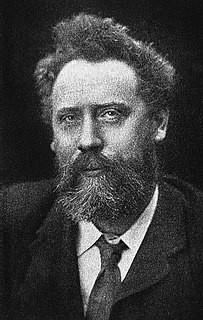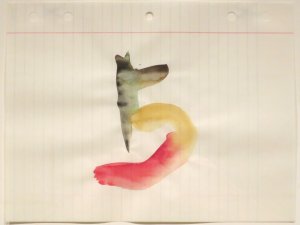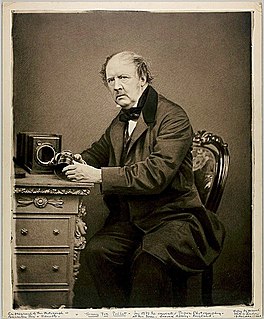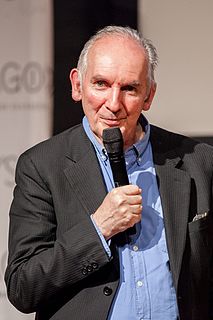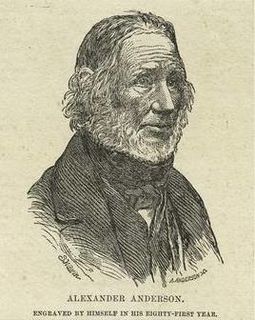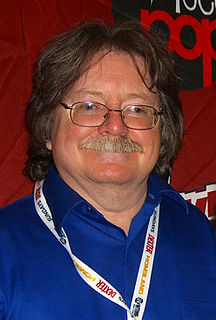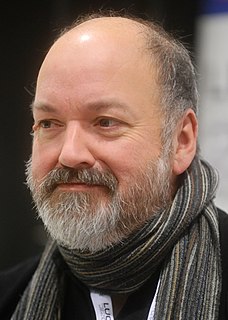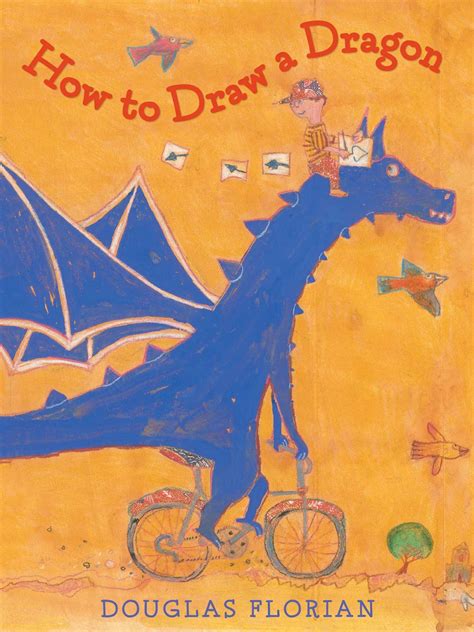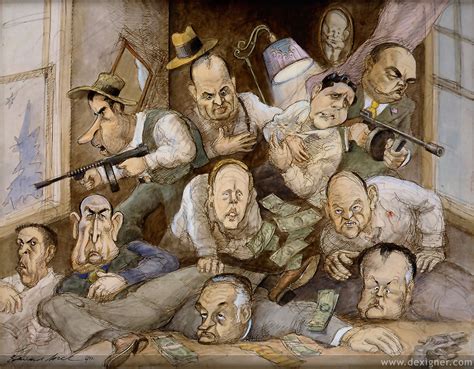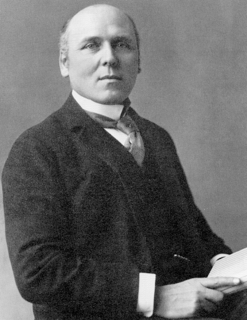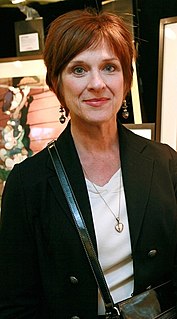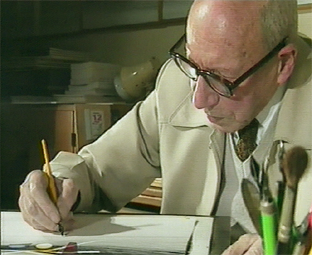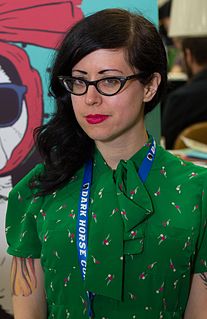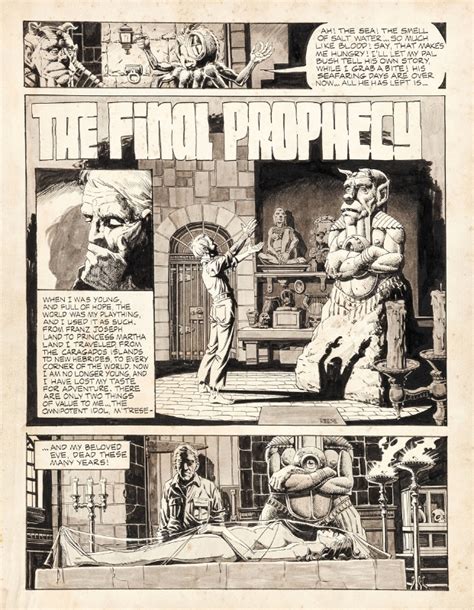A Quote by Floyd Cooper
I try to use models at least for the main characters because of the nature of my art. I tend to focus on the humanity of my subjects, the details of expression that add a certain reality to the work. Real faces = real art. That's the goal anyway.
Related Quotes
I perform in art time and in real time, and you can't tell the difference - no one knows how to separate a real act from an art act in my work. When I lived on the street for a year, people only knew that I was homeless. They didn't know that I was an artist doing a piece. I have to use real time in my work. I do, however, have to find a subtle way of documenting real time, in order for people to have a response. That means punching into a work clock every hour in the case of one piece.
In most modern instances, interpretation amounts to the philistine refusal to leave the work of art alone. Real art has the capacity to make us nervous. By reducing the work of art to its content and then interpreting that, one tames the work of art. Interpretation makes art manageable, conformable.
What makes art Christian art? Is it simply Christian artists painting biblical subjects like Jeremiah? Or, by attaching a halo, does that suddenly make something Christian art? Must the artist’s subject be religious to be Christian? I don’t think so. There is a certain sense in which art is its own justification. If art is good art, if it is true art, if it is beautiful art, then it is bearing witness to the Author of the good, the true, and the beautiful
Until now, physical theories have been regarded as merely models with approximately describe the reality of nature. As the models improve, so the fit between theory and reality gets closer. Some physicists are now claiming that supergravity is the reality, that the model and the real world are in mathematically perfect accord.
In every art beginners must start with models of those who have practiced the same art before them. And it is not only a matter of looking at the drawings, paintings, musical compositions, and poems that have been and are being created; it is a matter of being drawn into the individual work of art, of realizing that it has been made by a real human being, and trying to discover the secret of its creation.
I like real art. It's difficult to define 'real' but it is the best word for describing what I like to get out of art and what the best art has. It has the ability to convince you that it's present - that it's there. You could say it's authentic... but real is actually a better word, broad as it may be.
The secret of Greek Art is its imitation of nature even to the minutest details; whereas the secret of Indian Art is to represent the ideal. The energy of the Greek painter is spent in perhaps painting a piece of flesh, and he is so successful that a dog is deluded into taking it to be a real bit of meat and so goes to bite it. Now, what glory is there in merely imitating nature? Why not place an actual bit of flesh before the dog?
